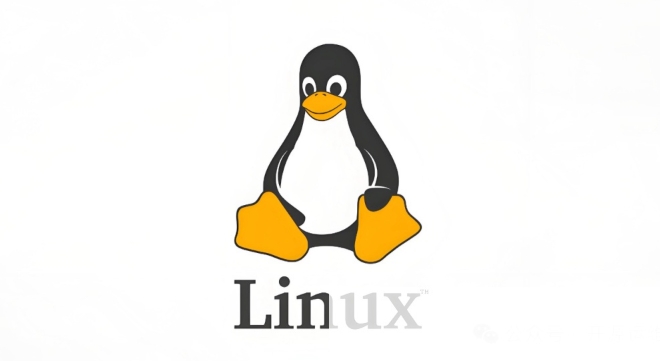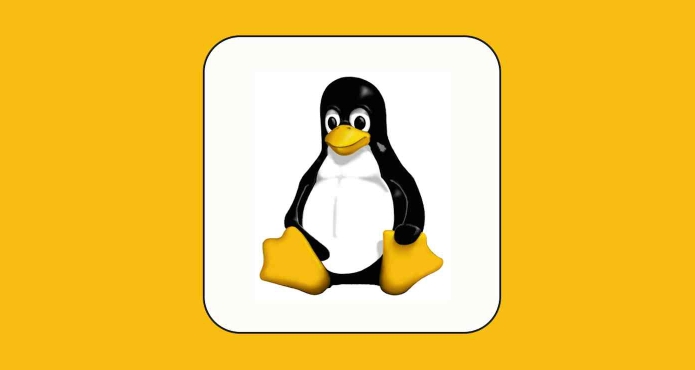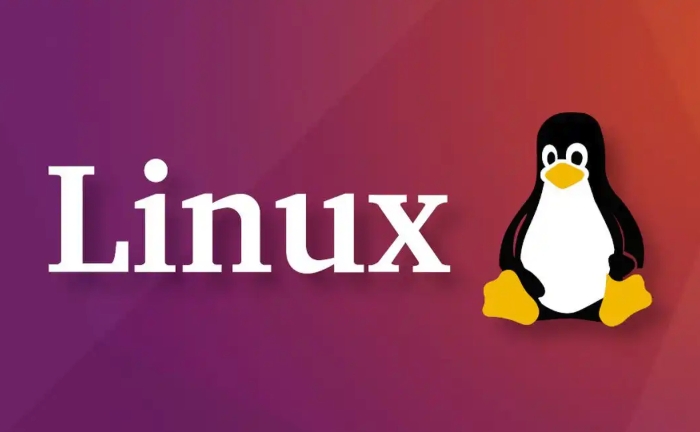Chromebooks can now run Linux apps, significantly expanding their capabilities. To enable Linux on a supported Chromebook, go to Settings > Advanced > Developers and toggle on Linux (Testing), which installs a Debian-based environment. Once installed, open the Terminal app and update the package list with sudo apt update. Install apps using sudo apt install [package-name], such as geany, vim, git, python3, or vlc. After installation, GUI apps appear in the app launcher, while command-line tools must be run from the terminal. File access between ChromeOS and Linux is limited, so managing files in /mnt/chromeos or adjusting permissions helps streamline workflow. While not all hardware features are fully supported, the Linux environment offers powerful tools for productivity and development.

Chromebooks used to be limited to just running Android apps and web-based tools, but with Linux app support now built into many models, you can do a lot more. If your Chromebook supports Linux (Beta), installing Linux applications is straightforward — and opens up a whole new world of productivity, development, and customization.

Enable Linux on Your Chromebook
Before you can install Linux apps, you need to turn on the Linux environment. Not all Chromebooks support it, so check if your model does first. Once confirmed:

- Go to Settings > Advanced > Developers, and toggle on Linux (Testing).
- The system will download and install the necessary files — this may take a few minutes.
- Once installed, you'll have a terminal ready to use.
This step sets up a Debian-based container where you can install software like on a regular Linux desktop.
Use the Terminal to Install Apps
Once Linux is enabled, you’ll use the terminal to install apps — much like on Ubuntu or Debian systems. Here’s how:

- Open the Terminal app that appears after enabling Linux.
- Update the package list by typing:
sudo apt update - Then install an app using:
sudo apt install [package-name]
For example, to install the lightweight code editor Geany, you'd type:sudo apt install geany
Some popular tools you might want to install include:
-
vimornanofor text editing -
gitfor version control -
python3for scripting and development -
vlcfor media playback (if needed)
Launch and Manage Installed Linux Apps
After installation, most apps will appear in your ChromeOS app launcher. Some may not show up right away, especially command-line-only tools, but GUI apps should integrate smoothly.
You can also launch apps directly from the terminal by typing their command (like geany or vlc). Keep in mind:
- File access between ChromeOS and Linux is limited at first — look into
/mnt/chromeosfor shared storage - You can move files back and forth manually or adjust permissions later
- Not all hardware features are fully supported yet, depending on your Chromebook model
If you're working with development tools, setting up a dedicated folder in the Linux environment helps avoid permission issues.
Getting Linux apps running on a Chromebook isn't complicated, but there are a few small steps you shouldn’t skip. Once you're past the setup, though, you’ll have a surprisingly capable little machine.
The above is the detailed content of How to install linux apps on chromebook. For more information, please follow other related articles on the PHP Chinese website!

Hot AI Tools

Undress AI Tool
Undress images for free

Undresser.AI Undress
AI-powered app for creating realistic nude photos

AI Clothes Remover
Online AI tool for removing clothes from photos.

Clothoff.io
AI clothes remover

Video Face Swap
Swap faces in any video effortlessly with our completely free AI face swap tool!

Hot Article

Hot Tools

Notepad++7.3.1
Easy-to-use and free code editor

SublimeText3 Chinese version
Chinese version, very easy to use

Zend Studio 13.0.1
Powerful PHP integrated development environment

Dreamweaver CS6
Visual web development tools

SublimeText3 Mac version
God-level code editing software (SublimeText3)
 How to troubleshoot DNS issues on a Linux machine?
Jul 07, 2025 am 12:35 AM
How to troubleshoot DNS issues on a Linux machine?
Jul 07, 2025 am 12:35 AM
When encountering DNS problems, first check the /etc/resolv.conf file to see if the correct nameserver is configured; secondly, you can manually add public DNS such as 8.8.8.8 for testing; then use nslookup and dig commands to verify whether DNS resolution is normal. If these tools are not installed, you can first install the dnsutils or bind-utils package; then check the systemd-resolved service status and configuration file /etc/systemd/resolved.conf, and set DNS and FallbackDNS as needed and restart the service; finally check the network interface status and firewall rules, confirm that port 53 is not
 Install Guacamole for Remote Linux/Windows Access in Ubuntu
Jul 08, 2025 am 09:58 AM
Install Guacamole for Remote Linux/Windows Access in Ubuntu
Jul 08, 2025 am 09:58 AM
As a system administrator, you may find yourself (today or in the future) working in an environment where Windows and Linux coexist. It is no secret that some big companies prefer (or have to) run some of their production services in Windows boxes an
 How to Install NodeJS 14 / 16 & NPM on Rocky Linux 8
Jul 13, 2025 am 09:09 AM
How to Install NodeJS 14 / 16 & NPM on Rocky Linux 8
Jul 13, 2025 am 09:09 AM
Built on Chrome’s V8 engine, Node.JS is an open-source, event-driven JavaScript runtime environment crafted for building scalable applications and backend APIs. NodeJS is known for being lightweight and efficient due to its non-blocking I/O model and
 How to find my private and public IP address in Linux?
Jul 09, 2025 am 12:37 AM
How to find my private and public IP address in Linux?
Jul 09, 2025 am 12:37 AM
In Linux systems, 1. Use ipa or hostname-I command to view private IP; 2. Use curlifconfig.me or curlipinfo.io/ip to obtain public IP; 3. The desktop version can view private IP through system settings, and the browser can access specific websites to view public IP; 4. Common commands can be set as aliases for quick call. These methods are simple and practical, suitable for IP viewing needs in different scenarios.
 System requirements to install linux
Jul 20, 2025 am 03:49 AM
System requirements to install linux
Jul 20, 2025 am 03:49 AM
Linuxcanrunonmodesthardwarewithspecificminimumrequirements.A1GHzprocessor(x86orx86_64)isneeded,withadual-coreCPUrecommended.RAMshouldbeatleast512MBforcommand-lineuseor2GBfordesktopenvironments.Diskspacerequiresaminimumof5–10GB,though25GBisbetterforad
 How to Install MySQL 8.0 on Rocky Linux and AlmaLinux
Jul 12, 2025 am 09:21 AM
How to Install MySQL 8.0 on Rocky Linux and AlmaLinux
Jul 12, 2025 am 09:21 AM
Written in C, MySQL is an open-source, cross-platform, and one of the most widely used Relational Database Management Systems (RDMS). It’s an integral part of the LAMP stack and is a popular database management system in web hosting, data analytics,
 Ubuntu 25.04 'Plucky Puffin”: A Bold Leap Forward with GNOME 48 and HDR Brilliance
Jul 12, 2025 am 09:28 AM
Ubuntu 25.04 'Plucky Puffin”: A Bold Leap Forward with GNOME 48 and HDR Brilliance
Jul 12, 2025 am 09:28 AM
Ubuntu has long stood as a bastion of accessibility, polish, and power in the Linux ecosystem. With the arrival of Ubuntu 25.04, codenamed “Plucky Puffin”, Canonical has once again demonstrated its commitment to delivering a
 How to Install MongoDB on Rocky Linux and AlmaLinux
Jul 12, 2025 am 09:29 AM
How to Install MongoDB on Rocky Linux and AlmaLinux
Jul 12, 2025 am 09:29 AM
MongoDB is a high-performance, highly scalable document-oriented NoSQL database built to manage heavy traffic and vast amounts of data. Unlike traditional SQL databases that store data in rows and columns within tables, MongoDB structures data in a J






